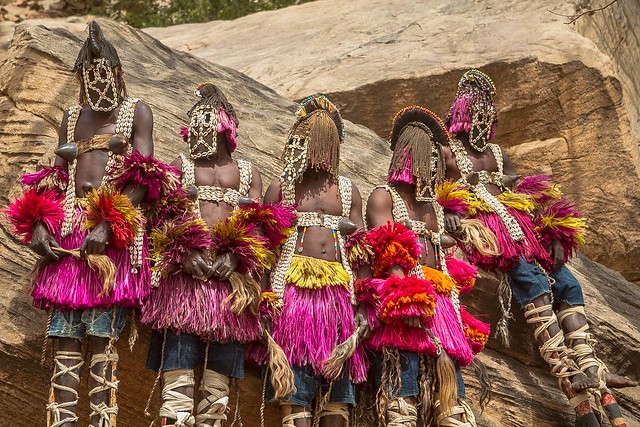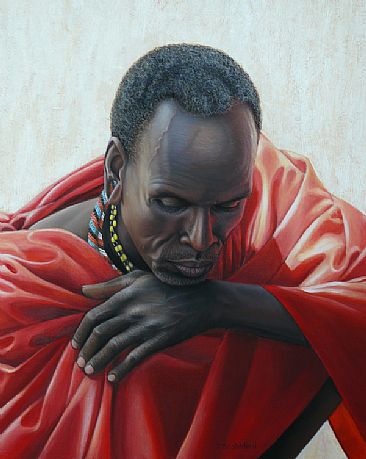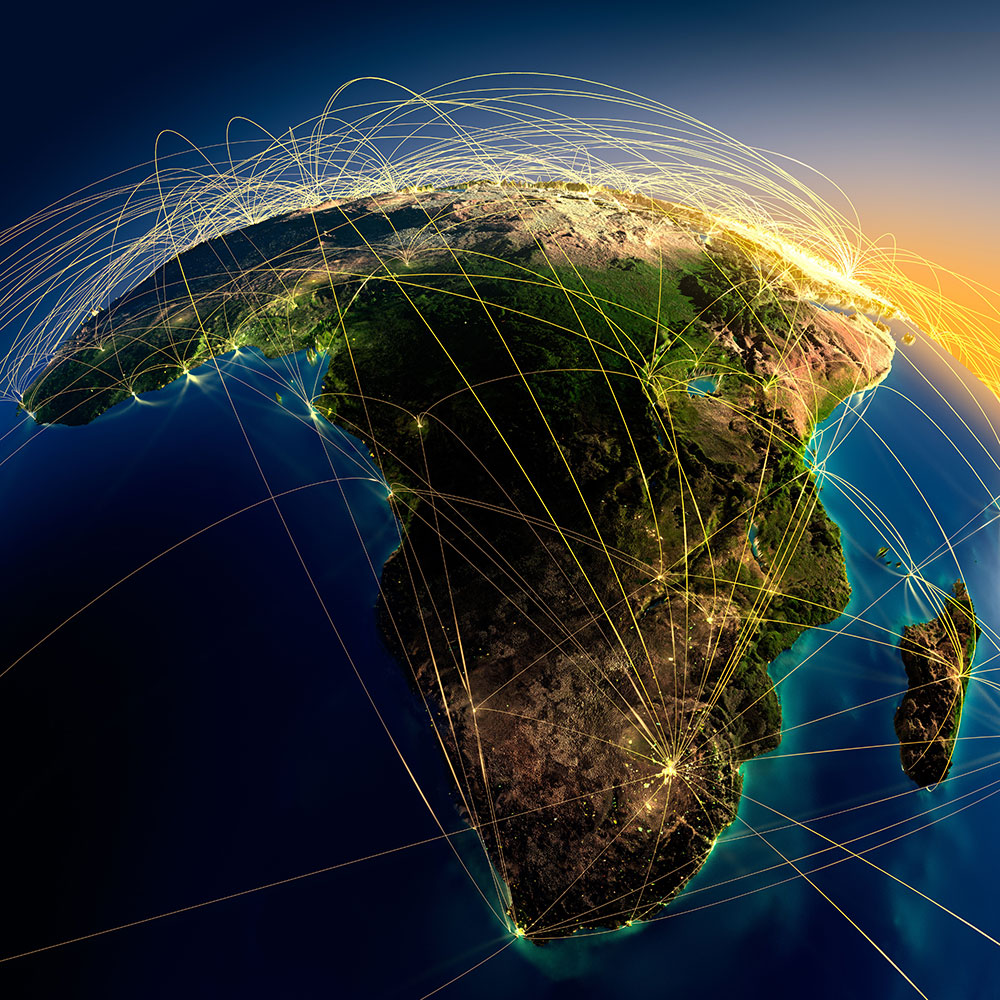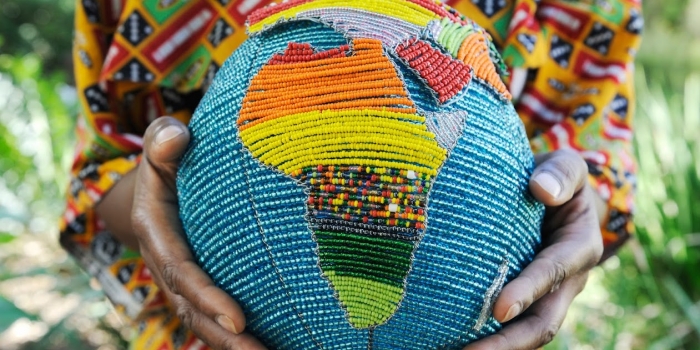Fun Facts and History from afRAka
afRAka is rich and diverse. It is the most diverse continent on the planet, in terms of environment, people, cultures, fauna, flora, etc. It is also the continent with the first and oldest civilisation. There are numerous interesting facts and history about afRAka which we will share with you here.
afRAka – Meaning and Origin

The Dogons of present day Mali defined this region and its inhabitants afRAka/afRAkan. While the term appears similar it is unlike the words African or Afrikaan. afRAka means First-Sun-Soul.
af means first, referring to the first humans on the planet. The first of whom was Mother Tang followed shortly by Father Tang. Both emerged through a permutation process out of Pure Energy Waves about one million years ago on the banks of Lake Tanganyika (modern day Tanzania).
RA means Sun as afRAkans are the people of the Sun. The Sun is acknowledged as a life sustaining source of energy. Stars are the first physical entities to manifest in the physical universe, and when it is able to sustain life on a planet it births through the process of its creation, it is called a Sun.
ka means Soul. A Soul is an energy field that is generated by a living organism. People, animals, plants, and even water can generate a Soul since water is one step below life.
The Development of ‘Scientific’ Medicine in the African Kingdom of Bunyoro-Kitara
Ancient Africans were the world’s first doctors, the first to do brain surgery, organ transplants and other outstanding medical accomplishments. Africans for thousands of years have used herbs and science for the natural healing component of all body ailments. The existence of sophisticated scientific medical practice in Uganda hundreds of years before the Europeans came, baffles many.

afRAka – Did you know that:

- It has 8 of the 11 major biomes and Lake Malawi has more fish species than any other freshwater system on earth.
- The Serengeti (Tanzania) hosts the world’s largest wildlife migration on Earth with over 750,000 zebra marching ahead of 1.2 million wildebeest as they cross this amazing landscape.
- It is the world’s hottest and second driest continent with deserts and drylands covering 60% of land surface area.
- It has about 30% of the earth’s remaining mineral resources, and the largest reserves of precious metals with over 40% of the gold reserves, over 60% of the cobalt, and 90% of the platinum reserves.
- Africa has the largest remaining populations of lion, elephant, rhinoceros, cheetah, hyena, leopard and hundreds of other species.
- The Pharaonic civilization of ancient Egypt is one of the world’s oldest and longest-lasting civilizations.
- It is the world’s oldest populated area. Before the invasion of Africa, many powerful kingdoms existed there, comprising up to 10,000 different states and autonomous groups with distinct languages, civilizations, rich cultures and variety delicious foods.
- Over 25% all languages are spoken only in Africa with over 2,000 recognised languages.
- The Sahara is the largest and driest hot desert in the world.
- It is located right in the centre of the earth. The equator (0 degrees latitude) and the prime meridian (0 degrees longitude) both cut across the continent.
- The Nile River is the longest river in the world with a total length of 6,650 kilometres.
- Lake Tanganyika is the longest lake, second-oldest freshwater lake, second-largest by volume and second-deepest in the world.
- Lake Assal in Djibouti is the world’s largest salt reserve, Africa’s lowest point and third-lowest point on Earth at 155 meters below sea level with 10 times higher salt level than the Sea.
- Tugela Falls in South Africa are Africa’s highest waterfalls and the second highest in the world. It is debated to be the highest in the world.
- Motlatse Canyon in South Africa is the world’s largest green canyon.
- Lake Nyanza is the largest lake in Africa and the longest and second-largest freshwater lake in the world.

